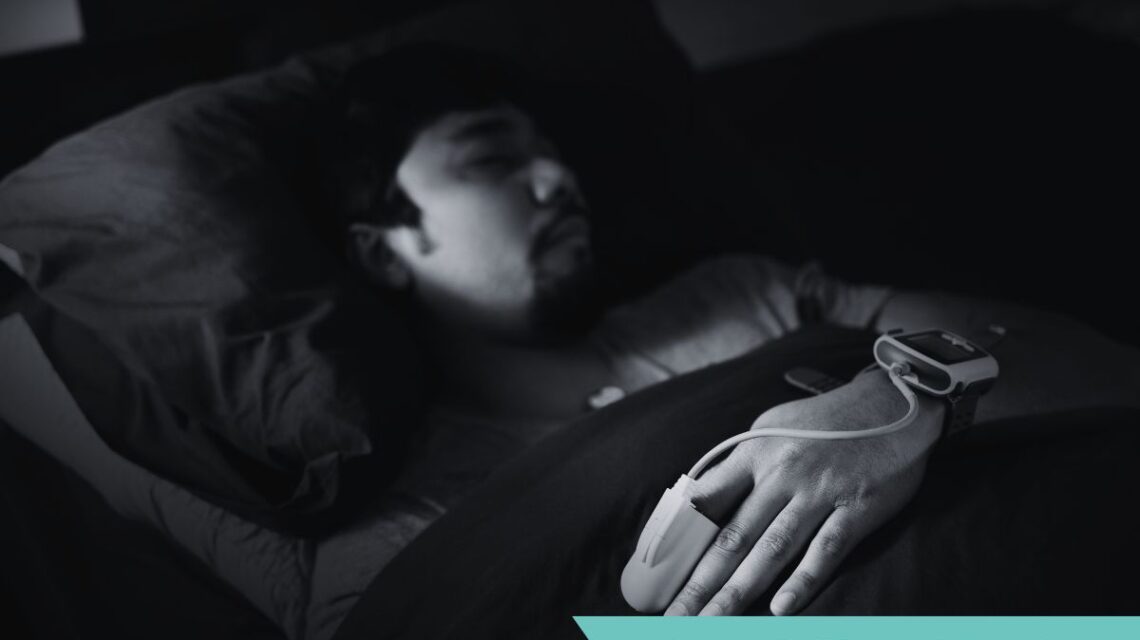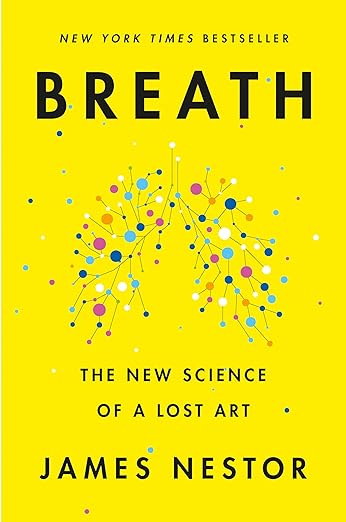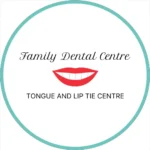Midlife Changes
Midlife challenges like low energy, mood swings, and fading vitality hit both women and men, but oral health—through better airways for sleep and stronger gums—plays a vital role in a holistic solution. Hormone replacement therapy (HRT) helps, but incorporating airway and oral health into a comprehensive treatment plan is essential for tackling these challenges. Airway health issues, like snoring or sleep apnea, disrupt sleep, while poor oral health, such as gum disease, fuels inflammation—both raise stress hormones like cortisol, worsening symptoms. Hormonal changes and oral health problems also affect brain function, adding to midlife challenges. A team-based approach, blending airway-focused oral health care, functional medicine, and manual therapy, improves sleep, reduces stress, and boosts vitality for both genders. Sleep-disordered breathing symptoms often begin at birth, seen in infants with feeding issues or restless sleep, and hormonal shifts in midlife worsen these problems. While addressing these challenges takes effort, collaborative care delivers lasting wellness.
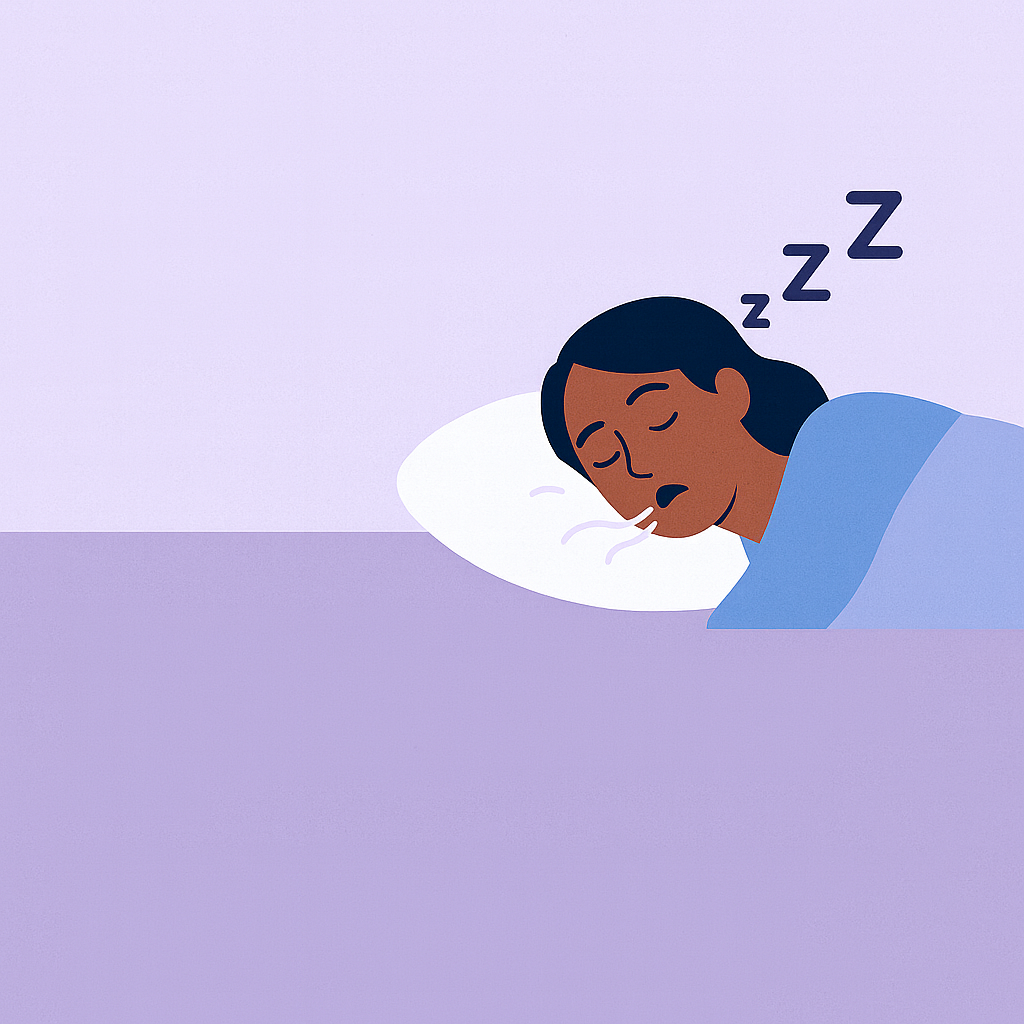
Sleep Changes in Midlife
Aging and hormonal shifts disrupt sleep, making it tough to fall asleep, stay asleep, or wake refreshed. Declining melatonin levels shrink deep sleep cycles. Hormonal changes, like reduced estrogen in women and testosterone in men, disrupt sleep function, leading to frequent awakenings. Women face unique hurdles: about 17% have sleep apnea, where the airway collapses during sleep, but many are misdiagnosed with upper airway resistance syndrome (UARS), a milder condition causing breathing effort and poor sleep. Women snore less than men, leading to underdiagnosis, as subtler symptoms—fatigue, headaches, or mood swings—are often mistaken for menopause or stress, prompting suggestions for sedatives or lifestyle changes instead of sleep studies.
Men, with a 31% sleep apnea prevalence, deal with snoring and disrupted sleep, raisingcortisol levels that sap energy and mood. Poor sleep fuels a cycle that worsens health for both men and women.
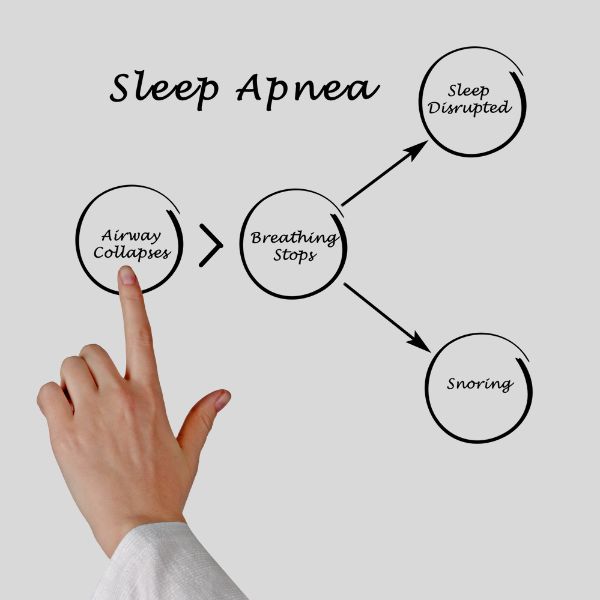
The Role of Oral Health in Airway and Sleep
Oral health care, especially airway-focused dentistry, targets root causes of poor sleep, such as narrow airways, poor tongue posture, temporomandibular joint (TMD) issues, and forward head posture. These drive snoring, mouth breathing, and teeth grinding, contributing to sleep apnea, which is common in midlife. Every patient completes a sleep assessment questionnaire to pinpoint these issues. Unlike traditional dentistry, which may offer a nightguard for grinding, oral health care tackles underlying problems, as nightguards can sometimes worsen sleep-disordered breathing by altering jaw position or airway dynamics. Narrow airways restrict breathing, forcing the body to work harder at night, raising cortisol levels. TMD, often tied to poor posture or jaw misalignment, causes pain or discomfort that disrupts sleep quality. Women are often underdiagnosed for sleep apnea and UARS, with symptoms mistaken for menopause or stress, partly due to less frequent snoring than men. Treatment options include airway orthodontics, which widens facial structures, or sleep appliances.
For example, a sleep appliance, like a mandibular advancement device, repositions the lower jaw forward during sleep, keeping airways open to reduce snoring and boost oxygen flow for better rest. Myofunctional therapy, training the tongue and oral muscles for proper posture, improves airway function and enhances sleep quality. These approaches optimize airway health, reduce stress, and ease symptoms like fatigue and mood swings for both men and women.

Stress and Sleep: The Hidden Link
Poor sleep, snoring, and TMD increase physical tension, boosting cortisol levels. Elevated cortisol worsens fatigue, mood swings, and cognitive fog, disrupting the body’s repair processes. Breathing patterns directly affect cortisol: restricted airways or mouth breathing during sleep increase respiratory effort, triggering stress responses that spike cortisol. Mouth breathing, unlike nasal breathing, reduces oxygen intake, dries oral tissues, and fuels inflammation, further disrupting sleep and raising stress hormones. Nasal breathing supports optimal airflow, humidifies air, and reduces airway resistance,promoting calmer sleep. These differences are key, as mouth breathing intensifies stress, while nasal breathing supports better rest for both genders.

Brain Health, Gum Disease, and Hormonal Changes
Hormonal shifts in midlife, like declining estrogen in women and testosterone in men, disrupt sleep and affect brain and oral health. These hormones support cognitive function, and their decline can spark memory issues, brain fog, and higher risks of neurodegenerative conditions. Gum disease, common in midlife due to hormonal changes and poor oral hygiene, increases risks for both genders. Periodontal inflammation releases harmful markers that can cross the blood-brain barrier, impairing cognitive function and worsening sleep quality. Dry mouth, driven by hormonal changes, heightens risks of gum disease and cavities, further impacting oral and brain health.
For women, menopause-related dry mouth amplifies these issues, while men face similar challenges from reduced salivary flow due to testosterone decline. Poor sleep, often linked to airway issues, intensifies gum disease inflammation, creating a cycle that harms brain health. Regular dental check-ups, professional cleanings, and good home oral hygiene, combined with airway-focused treatments, reduce inflammation, support cognitive health, and improve sleep for both men and women.
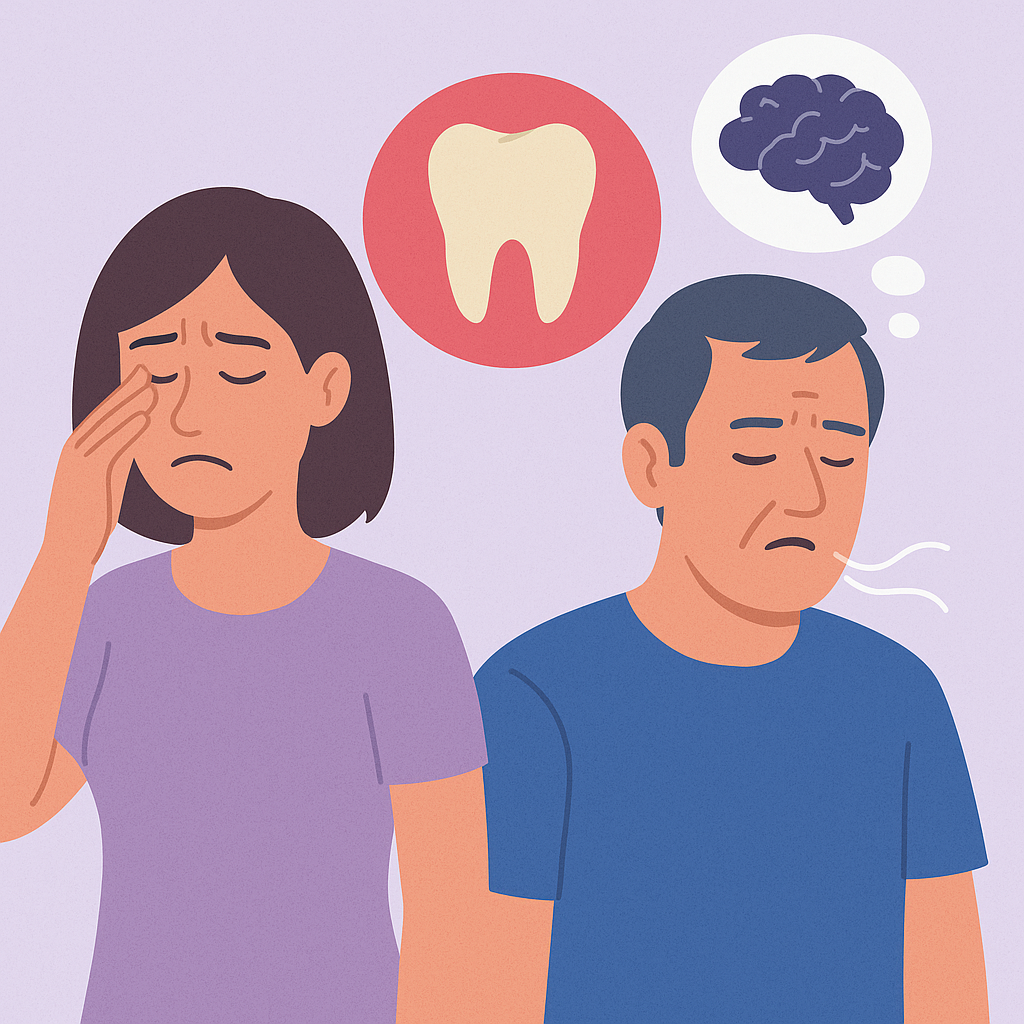
A Collaborative Approach to Midlife Wellness
Managing sleep, stress, brain function, and oral health in midlife requires a multidisciplinary team to address the complex roots of airway issues, gum disease, and
hormonal imbalances. Infants with breathing or feeding difficulties may show early airway problems, which midlife hormonal shifts worsen, amplifying fatigue, cognitive decline, and stress. Comprehensive testing, like sleep studies, hormone panels, cortisol tests, or analyses of essential minerals, is crucial to identify sleep apnea, UARS, or nutrient deficiencies affecting health. A functional medicine doctor can order these tests, prescribe targeted supplements to address deficiencies in essential minerals, and tailor treatments to boost sleep, brain health, and stress resilience. Manual therapists, such as osteopaths or chiropractors, correct posture and relieve TMD, improving airway function. Dentists specializing in airway health provide sleep-focused appliances or orthodontics, conduct regular check-ups and cleanings to manage gum disease andcavities, and promote effective oral hygiene practices. Myofunctional therapists train patients in proper breathing and tongue techniques. While adjusting pillows or avoiding blue light after 7 PM can support sleep hygiene, these steps alone can’t fix airway issues or gum disease. A collaborative approach delivers holistic care, addressing airway, hormonal, oral, and structural health comprehensively. Women and men can seek help by:
- Consulting a dentist for sleep assessments to detect airway issues and regular check-ups to address gum health.
- Working with a functional medicine doctor for hormone, cortisol, and mineral/vitamin testing to guide treatments.
- Engaging a manual therapist to correct posture or TMD.
- Connecting with integrative providers through networks like H.E.A.L. Medical Directory. This collaborative model, though effort-intensive, prevents worsening symptoms and promotes lasting wellness by addressing airway, brain, and oral health for both genders.
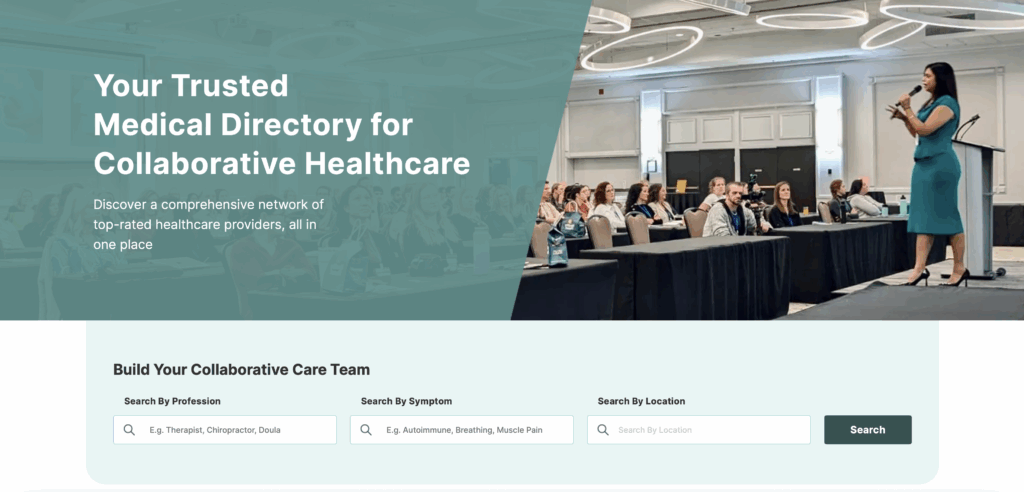
More About Dr. Mandeep Johal, D.M.D, Functional Dentist
Dr. Johal was born and raised, in Toronto. She graduated from Case Western Reserve University School of Dentistry in 2010.
Her curiosity of the her son’s crowded teeth at the age of 3 led her to learn more about tongue ties, oral myofunctional therapy, airway dentistry, sleep dentistry, nutrition,TMJ and orthotropics, science of Facial Growth Guidance, and Holistic Dentistry. What she discovered was that it is all connected.
She is certified to perform laser surgery by the American Board of Laser Surgery. She is also a member of the International consortium of Oral Anklyofrenula Professionals and a member of the American Academy of Dental Sleep Medicine. In addition, as a AAPMD airway Colab Chapter President for Toronto, is building relationships with the community and collaborating with other long time and emerging leaders in the field. This has allowed her to build a collaborative approach on how she treats her patients. She is feels very privileged to be apart of the Well.ca family as their online Dentist.
She feels fortunate to go to work happy everyday knowing she is changing people lives for the better, they can breathe better, eat better, speak better, sleep better and feel their best.
Read More:
References:
- Zisapel C. New perspectives on melatonin in sleep and circadian rhythms. J Sleep Res. 2018;175(16):3192-9. doi:10.1111/jsr.2018.175
- Woods F, Mitchell S. Sleep patterns during menopausal transitions. Sleep Med. 2010;33(4):542-548. doi:10.1093/sleepmed/2010
- Young T, Finn L, Austin D, et al. Menopause and sleep-disordered breathing. Am J Respir Crit Care Med. 2003;167(9):1188-92. doi:10.1164/rccm.2003.167
- Bixler E, V AN, Lin HM, et al. Gender differences in sleep-disordered breathing. Am J Respir Crit Care. 2001;163(3 Pt 1):612-19. doi:10.1164/rccm.163.3
- Peppard PE, Young T, Barnet JH, et al. Prevalence of sleep-disordered breathing in adults. Am J Epidemiol. 2013;177(9):1008-1016. doi:10.1093/aje/2013.177
- Sutherland K, Vanderveken OM, Tsuda H, et al. Oral appliance therapy for sleep apnea: an update. J Clin Sleep Med. 2018;10(2):218-229. doi:10.5664/jcsm.2018
- McEwen BS. Sleep deprivation as a physiologic stressor. Metabolism. 2016;55(10 Suppl 2:S22. doi:10.1093/metabolism/2016
- Katona RL, Lavie GJ, Thornton JD. Mouth breathing and airway disorders. J Clin Sleep Med. 2016;13(10):1189-98. doi:10.5664/jcsm.2016
- Eke PI, Thornton-Evans GO, Wei L, et al. Periodontitis prevalence in US adults. J Am Dent Assoc. 2018;149(7):580-590. doi:10.1016/j.adaj.2018.04
- Kamer AR, Craig RG, Dasanayake AP, et al. Periodontal disease and Alzheimer’s risk. Alzheimers Dement. 2008;4(4):244-250. doi:10.1016/j.alz.2008.04
Recommended Reading
If you are interested in learning more about breathing and how it affects your optimal health, see below.
A New York Times Bestseller
A Washington Post Notable Nonfiction Book of 2020
Named a Best Book of 2020 by NPR
“A fascinating scientific, cultural, spiritual and evolutionary history of the way humans breathe—and how we’ve all been doing it wrong for a long, long time.” —Elizabeth Gilbert, author of Big Magic and Eat Pray Love
No matter what you eat, how much you exercise, how skinny or young or wise you are, none of it matters if you’re not breathing properly.
There is nothing more essential to our health and well-being than breathing: take air in, let it out, repeat twenty-five thousand times a day. Yet, as a species, humans have lost the ability to breathe correctly, with grave consequences.
About James Nestor
Journalist James Nestor travels the world to figure out what went wrong and how to fix it. The answers aren’t found in pulmonology labs, as we might expect, but in the muddy digs of ancient burial sites, secret Soviet facilities, New Jersey choir schools, and the smoggy streets of São Paulo. Nestor tracks down men and women exploring the hidden science behind ancient breathing practices like Pranayama, Sudarshan Kriya, and Tummo and teams up with pulmonary tinkerers to scientifically test long-held beliefs about how we breathe.
Modern research is showing us that making even slight adjustments to the way we inhale and exhale can jump-start athletic performance; rejuvenate internal organs; halt snoring, asthma, and autoimmune disease; and even straighten scoliotic spines. None of this should be possible, and yet it is.
Drawing on thousands of years of medical texts and recent cutting-edge studies in pulmonology, psychology, biochemistry, and human physiology, Breath turns the conventional wisdom of what we thought we knew about our most basic biological function on its head. You will never breathe the same again.
About James Nestor
James Nestor is an author and journalist who has written for Outside Magazine, The Atlantic, National Public Radio, The New York Times, Scientific American, Dwell Magazine, The San Francisco Chronicle, and more.
Nestor’s book, Breath: The New Science of a Lost Art, was released through Riverhead/Penguin Random House on May 26, 2020. Breath spent 18 weeks of the New York Times bestseller list in the first year of publication and was an instant bestseller in the Wall Street Journal, Los Angeles Times, Sunday London Times, and more. Breath was awarded the Best General Nonfiction Book of 2020 by the American Society of Journalists and Authors and was a Finalist for the Royal Society Science Book of the Year. Breath has sold more than two million copies and has been translated into more than 35 languages.
Breath explores how the human species has lost the ability to breathe properly over the past several hundred thousand years and is now suffering from a laundry list of maladies — snoring, sleep apnea, asthma, autoimmune disease — because of it. Nestor travels the world to figure out what went wrong and how to fix it. The answers aren’t found in pulmonology labs, as we might expect, but in the muddy digs of ancient burial sites, secret Soviet facilities, New Jersey choir schools, and the smoggy streets of Sao Paulo.
Drawing on thousands of years of medical texts and recent cutting-edge studies in pulmonology, psychology, biochemistry, and human physiology, Breath turns the conventional wisdom of what we thought we knew about our most basic biological function on its head.
Nestor’s first narrative nonfiction book, DEEP: Freediving, Renegade Science, and What The Ocean Tells Us about Ourselves (Houghton Mifflin Harcourt) was released in the United States and UK in June 2014. DEEP was a BBC Book of the Week, a Finalist for the PEN American Center Best Sports Book of the Year, an Amazon Best Science Book of 2014, BuzzFeed 19 Best Nonfiction Books of 2014, ArtForum Top 10 Book of 2014, New York Times Book Review Editor’s Choice, Scientific American Recommended Read, and more. The book has been translated into German, Chinese, Italian, Polish, and more; the audiobook, read by Nestor, was released by Audible in June 2016.
Nestor also wrote a “little, silly booklet” released in 2009, which he described as “a coffee table thing culled from notes on meditation and other ancient/hippy practices discovered in the crawlspace of my uncle’s retro-mod bachelor pad in the Hollywood Hills. The book combined medical science with humor and illustrations and was given a horrid and misleading title by a dishonest editor, which I soon after—and still—very much regret.”
Nestor has presented his research at Stanford Medical School, the United Nations, UBS, Global Classroom (World Health Organization+UNICEF), as well as more than 40 radio and television shows, including Fresh Air with Terry Gross, the Joe Rogan Show, BulletProof, ABC’s Nightline, CBS Morning News, and dozens of NPR programs.
More at mrjamesnestor.com.
Family Dental Centre Home Page: www.familydentalguelph.com


